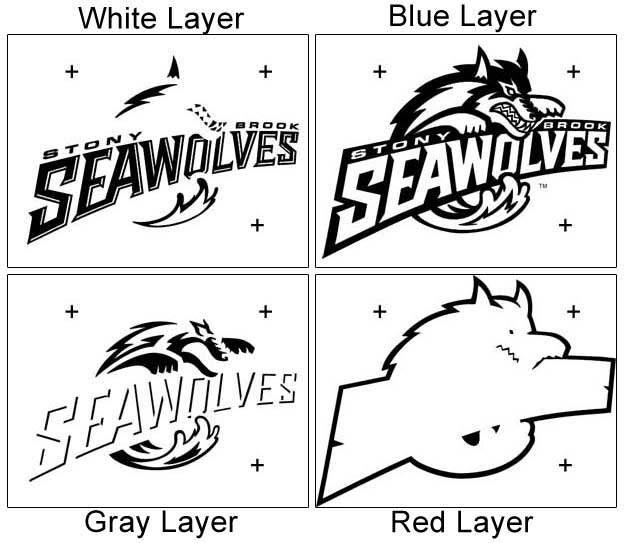
Adobe Photoshop, Adobe Illustrator, Corel Draw, etc. For example, if you have a fountain fill made up of two spot colors, you can set one to print at 45 degrees and the other at 90 degrees.A lot of online and offline tools are used for color separation.

You can set the screen frequency, screen angle, and overprint options for spot colors as well as process colors. In the Options area, enable the Use advanced settings check box. To convert spot colors to process colorsĮnable the Convert spot colors to check box.Ĭhanging the spot colors to process colors does not affect the original CorelDRAW file it affects the way colors are sent to the printer. If you want to print separations using a color profile that is different from the document color profile, you can click the Color tab and choose a color profile from the Correct colors using color profile list box. Chose a new order value from the list box. In the separations list at the bottom of the dialog box, click in the Order column next to the color separation that you want to change. You can change the order in which color separations print, by enabling the Use advanced settings check box in the Options area. If you want to print specific color separations, click the Separations tab, and enable the corresponding check box in the list of color separations. For more information about overprinting, see Working with color trapping and overprinting. If you have overprinted areas, you can choose how you want those areas to print. Before customizing a halftone screen, consult the print service provider to determine the correct setting. However, if you are using an imagesetter, the screen technology should be set to match the type of imagesetter the print service provider uses. When setting halftone screens to print color separations, we recommend that you use the default settings otherwise, screens can be improperly set and result in undesirable moiré patterns and poor color reproduction.


For more information on spot and process colors, see Choosing colors. You can convert the spot colors to process colors at printing time.

Printing presses produce color using either process color or spot color, or both. You can specify the color separations to print, including the order in which they print. Color separations are necessary because a typical printing press applies only one color of ink at a time to a sheet of paper. When you send color work to a print service provider or printing shop, either you or the print service provider must create color separations.


 0 kommentar(er)
0 kommentar(er)
